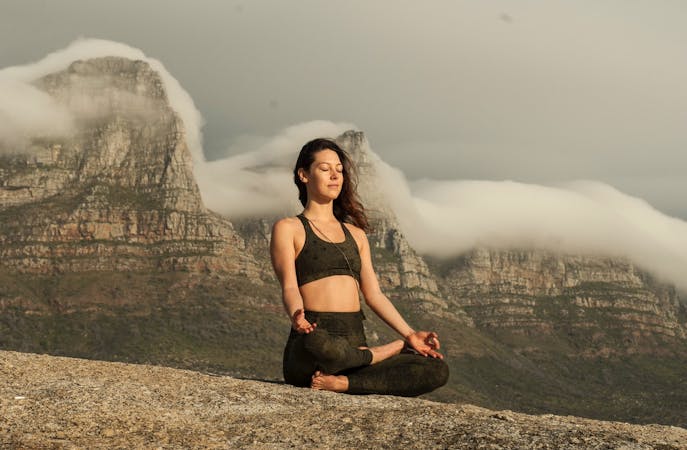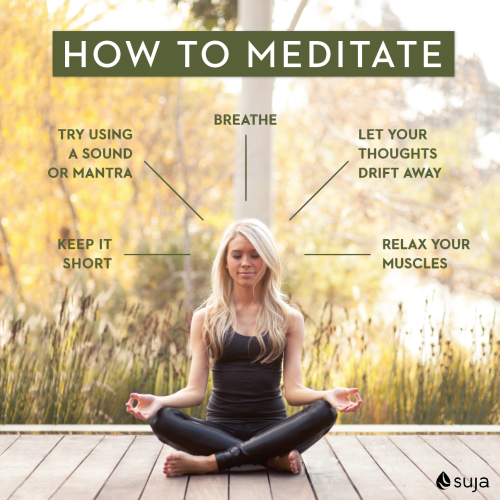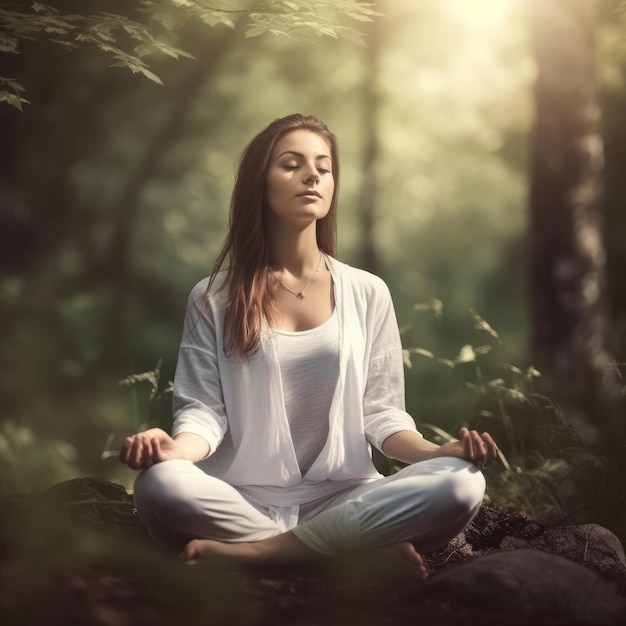A Step-by-Step Strategy on How to Meditate? for Stress Alleviation
A Step-by-Step Strategy on How to Meditate? for Stress Alleviation
Blog Article
How to Meditate: A Step-by-Step Method to Getting Mindfulness and Calmness
Meditation serves as a powerful tool for accomplishing mindfulness and emotional calmness in a busy world. By understanding the essential concepts and techniques included in reflection, people can grow a practice that enhances their overall health.
Comprehending Meditation
Comprehending reflection entails realizing its basic concepts and methods, which offer as the foundation for the method. At its core, meditation is a mental exercise targeted at advertising relaxation, building inner power, and creating concern and insight. The method motivates individuals to focus their attention, commonly with methods such as deep breathing, visualization, or mantra repetition.
Meditation can be categorized right into numerous designs, consisting of mindfulness, transcendental, and loving-kindness meditation, each with distinctive purposes and approaches. Mindfulness meditation stresses present-moment recognition and non-judgmental observation of thoughts and sensations, while transcendental reflection entails the use of certain rules to transcend normal mind. Loving-kindness reflection focuses on developing an attitude of love and concern towards oneself and others.
Despite the method employed, the key goal remains regular: to cultivate a much deeper understanding of the mind and its patterns. This self-awareness promotes emotional strength, clearness of thought, and an extensive sense of tranquility (How to meditate?). By comprehending these techniques and concepts, individuals prepared for a successful reflection practice that can dramatically improve their total health
Getting Ready For Your Practice
Prior to starting your reflection technique, it is vital to develop an environment favorable to focus and leisure. Ensure that the area is complimentary and tidy of mess, as a tidy atmosphere can assist clear the mind.
Take into consideration the illumination, as all-natural light can boost your state of mind and energy. Soft, warm lighting is typically more calming than severe fluorescent lights. In addition, pick a comfy temperature level, guaranteeing that you are neither too hot nor too chilly.
Integrating aspects that advertise harmony can further enhance your experience. This may include soft cushions or blankets for comfort, in addition to soothing fragrances from crucial oils or scent. It can additionally be beneficial to have actually a timer established for your reflection session to protect against distractions from clock-watching.
Standard Meditation Strategies

Another efficient technique is body scan reflection. This includes mentally scanning your body from head to toe, seeing any areas of stress or pain and consciously loosening up those muscle mass. This technique fosters a deeper connection in between your body and mind.

Lastly, loving-kindness meditation concentrates on cultivating compassion in the direction of on your own and others. Quietly repeat phrases of a good reputation, improving emotional health and interconnectedness. Each of these methods works as a structure for your meditation journey, enabling you to find the method that reverberates finest with your individual method.
Maintaining Emphasis and Mindfulness

Developing a dedicated meditation room can enhance the ability to preserve mindfulness. A peaceful, clean atmosphere decreases interruptions, enabling deeper immersion in the technique. In addition, establishing a time restriction can aid take care of assumptions; starting with shorter sessions might alleviate the change right into longer methods.
Using methods such as body scanning or observing feelings this post can also bolster mindfulness. These methods encourage professionals to stay present and involved with their physicality, anchoring their focus in the moment. Normal practice is important; the mind builds strength over time, producing a more powerful capacity for focus.
Incorporating Meditation Into Day-to-day Live
Integrating reflection right into life can transform regular tasks into opportunities for mindfulness and self-reflection. By incorporating mindfulness methods into typical tasks, people can grow a greater feeling of existence and tranquility among the busyness of day-to-day life.
Begin by identifying minutes throughout your day where you can exercise and pause mindfulness. Throughout your morning commute, emphasis on your breath or the feelings of the setting around you. In the kitchen area, approach food preparation as a meditative practice, savoring the structures, colors, and scents of the ingredients. Also ordinary activities like cleaning dishes or walking can become chances for reflection by guiding your focus to the sensations of motion and the noises surrounding you.
Additionally, setting apart dedicated times for meditation can strengthen its technique. Begin with brief sessions, gradually enhancing duration as you end up being extra comfy. Usage reminders or cues-- like a specific time of day or a soothing noise-- to establish uniformity.
Inevitably, the goal is to weave mindfulness into the material of day-to-day live, enabling you to approach each moment with objective, thus enhancing your general feeling of well-being and clarity.
Conclusion
To conclude, reliable reflection needs a peaceful environment, a comfy placement, and a focus on the breath. By allowing thoughts to emerge without judgment and continually this rerouting interest to the breath, specialists can achieve boosted mindfulness and harmony. Integrating numerous methods, such as body scanning and loving-kindness phrases, can better improve the method. Regular reflection, even in short sessions, promotes a much deeper connection to today minute, ultimately leading to better calmness and psychological clarity in day-to-day life.
Meditation can be classified into numerous styles, consisting of mindfulness, transcendental, and loving-kindness reflection, each with unique purposes and approaches. Mindfulness meditation highlights present-moment recognition and non-judgmental observation of feelings and ideas, while copyright includes the use of specific rules to go beyond common idea processes.With your more tips here meditation room prepared, it's time to explore different standard meditation methods that can aid cultivate mindfulness and inner tranquility.Continually maintaining focus and mindfulness throughout reflection can be challenging, particularly for those brand-new to the technique.Establishing a specialized reflection room can enhance the ability to preserve mindfulness.
Report this page